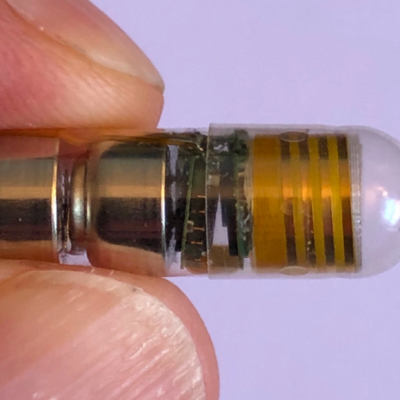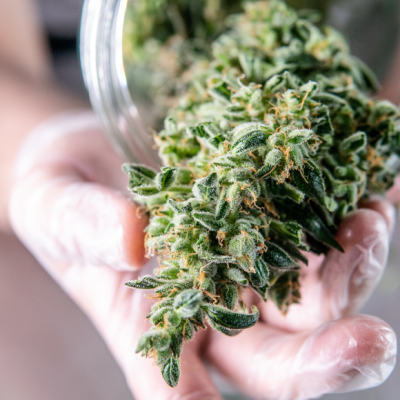A non-approved azo dye has been found in a plant extract. According to reports, a textile dye has been found in natural hibiscus and beetroot extracts. The Reactive Red 195 dye was found in the extract, which is not approved for use in food. It is common practice in the food industry to use natural dyes to make food more appealing. However, the safety of this dye is still unclear.
Many food manufacturers use natural dyes to improve the appearance of their products. These dyes do not need to be declared as additives and are often heat or light sensitive, which can affect their color. In 2015, a new natural dye was introduced that promised to be stable and produce more intense colors. This raised concerns among food manufacturers, who turned to experts at the University of Hohenheim to investigate the dye.
The researchers analyzed three samples of the dye from France, Turkey, and Germany and found an unknown pigment that gave the dye its stability and color brilliance. This pigment was found to be an azo dye, which is commonly used to dye textiles. The safety of this dye in food is unknown, but it has been linked to hyperactivity and attention disorders in children. The current investigation highlights the difficulty in monitoring dyes in food and the need for stricter regulations.
In conclusion, the discovery of Reactive Red 195 in natural plant extracts raises concerns about the safety of food dyes. The use of natural dyes in food is common practice, but their safety and effectiveness need to be closely monitored. The investigation by the University of Hohenheim highlights the need for stricter regulations and better monitoring of food dyes to ensure the safety of consumers.










